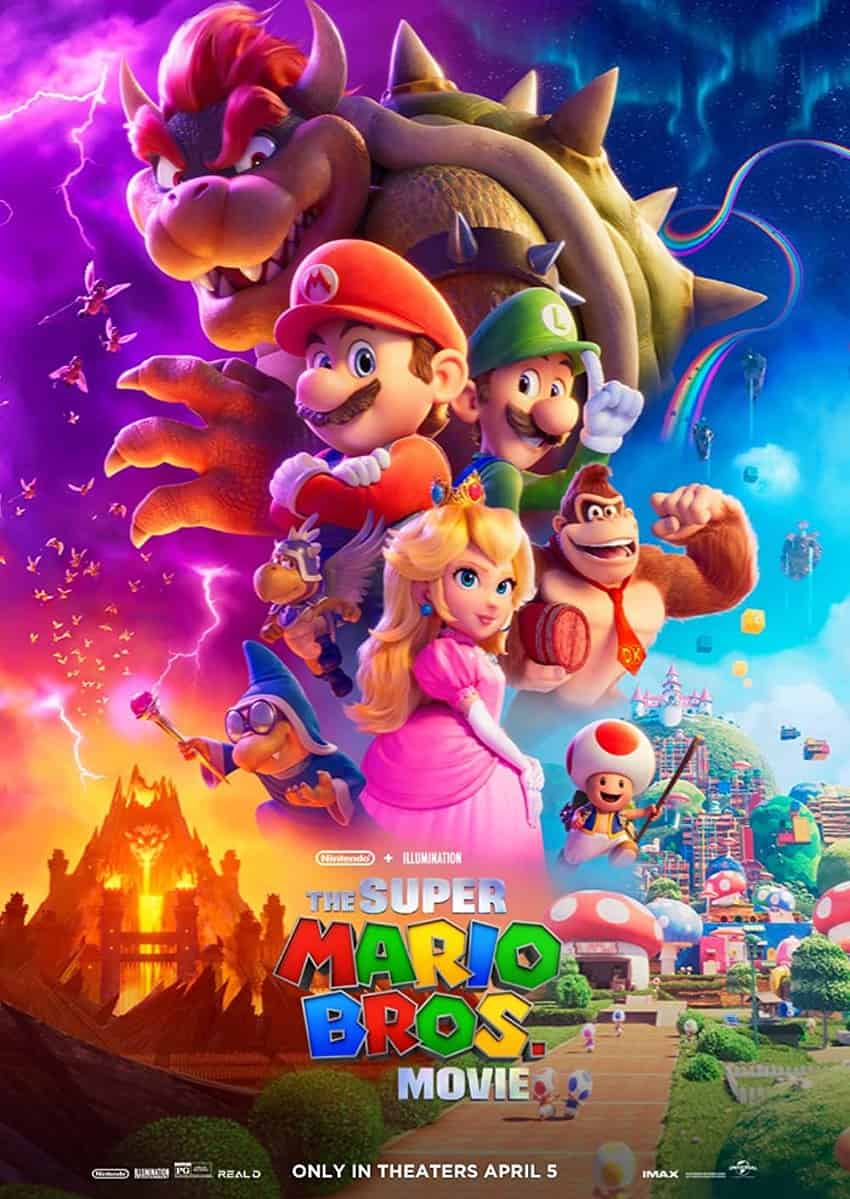
By Andrew Jenck
1. Have Snappy Pacing
Make sure the speed of the film is quick, constantly moving. Taking characters to new locations and having Mario meet new characters. Condense the runtime to 90 minutes, to avoid overstaying your welcome. In doing so, the film will not drag at any point while limiting any character development to expository scenes. Briskly touch upon character but nothing too in depth. Change up the scenery every ten minutes and have Mario interact with different characters each act. Can’t have too many slow moments, have to keep the children’s short attention.
2. Consistently Reference the Source Material
Pull game mechanics, musical cues, and imagery across Mario’s history. This will add variety to the action and locations. Integrate these callbacks into the story, flow into the set pieces. No need to explain the motivations of Bowser; his presence itself is a reference to gaming’s most iconic villain. By playing the greatest hits, the film will be the ultimate Mario experience, albeit lacking the inventiveness that came from those games.
3. Harmless and Unchallenging Humor
Comedy is to be consumed like water, easy to pass through without any taste. Give every character some sort of quirk in lieu of a more fleshed out personality. Have enough characters serving only to provide relief with little plot relevance. Limit any pop culture references to pop songs over montages. Avoid any innuendos and keep the dialogue straightforward and occasionally witty.
4. Avoid Origin Trappings
Write Mario as competent from the start, so he may quickly adapt to the new environment. No need to explain everything, just present them as is and thrust the audience into the Mushroom Kingdom. Have all the motivations be simple to avoid explaining anything. Procrastinate any backstories or possible future worlds to the guaranteed sequel.
5. Using the Games’ Soundtrack (Mostly)
Orchestral versions of Koji Kondo’s music are a must, but don’t bring Kondo or any of Nintendo’s composers to score. Instead have a stand-in who incorporates the pre-established songs well with some generic filler between. Play pop songs over montages that will be eyerolling but not too long to be cringeworthy. It will represent the film, doing everything necessary without going any further.
Follow these steps, and you will have the quintessential 6/10 film. While surpassing the standard of Illumination, for Mario, it’s on par with his C-tier spinoffs: enjoyable time with a crowd with little substance. The target audience of children will love it, and this approach works fine for this Nintendo franchise but would be detrimental for ones with more emphasis on story and lore, such as Zelda. However, the goal doesn’t have to be a long-lasting film; it just needs to prove that Nintendo games can make good enough films.


